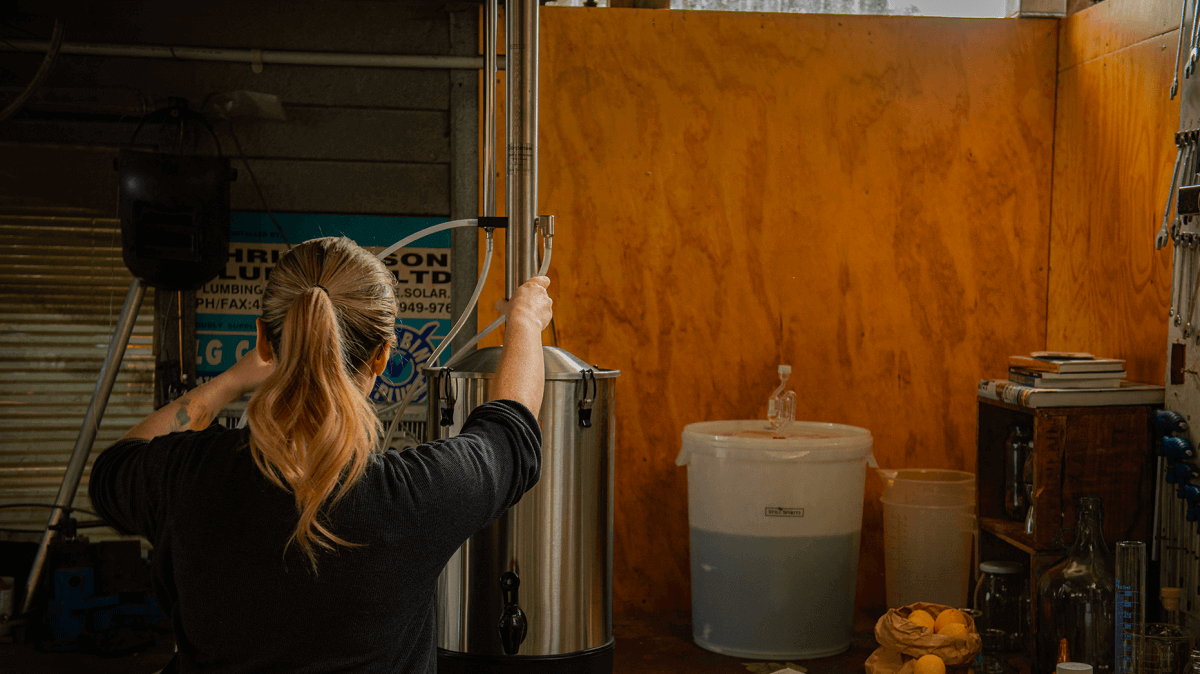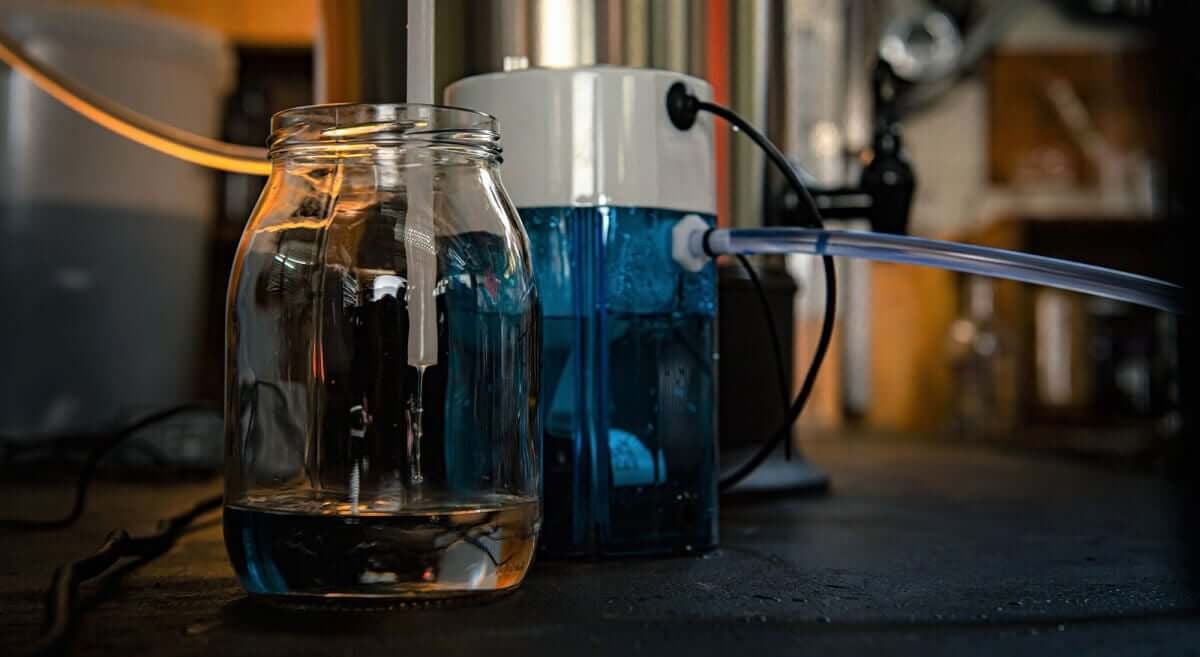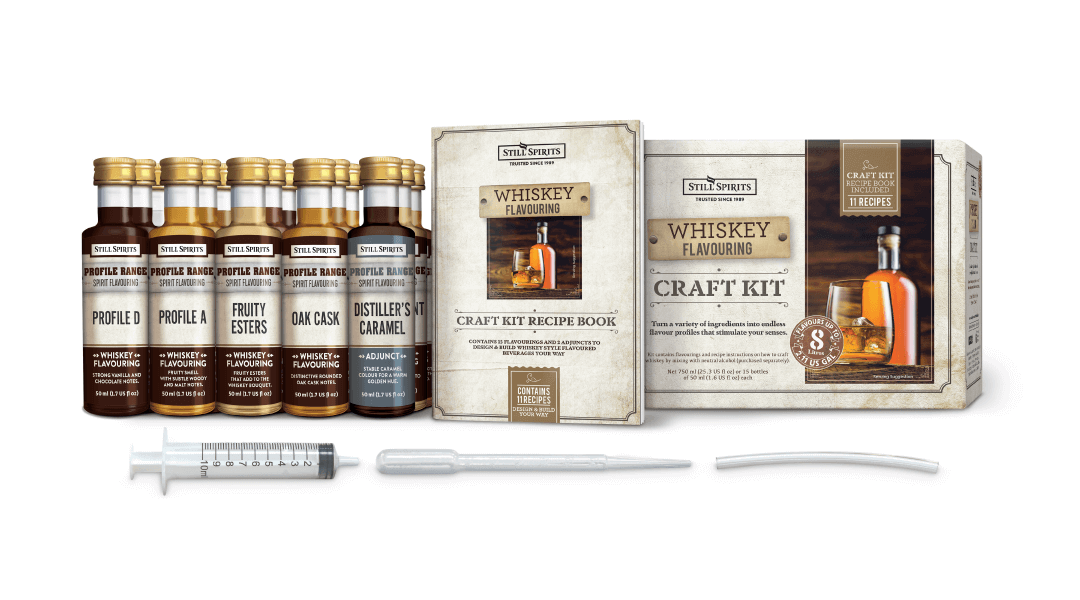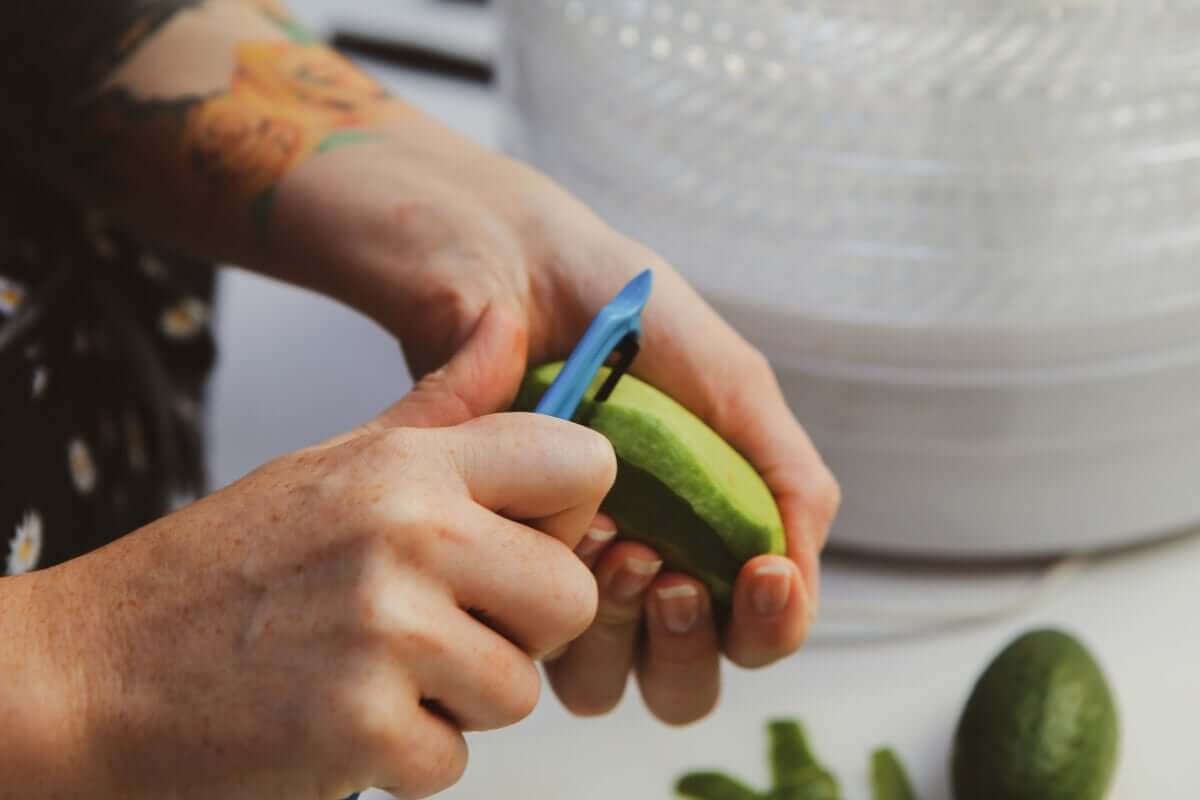If you've been using the Still Spirits T500 Reflux Still for a while now, you may want to begin refining your process further to make the most out of your home distilling equipment. With the T500 Reflux Still, there are some tweaks and extra processes you can implement to do this. Some require additional equipment but others only require more time which can ultimately leave you with a superior finished product.
Stripping Washes
While many people tend to run a wash through the T500 Reflux Still in a single distillation, there can be advantages to performing stripping runs – just like we do in pot distilling.
Stripping a wash is essentially the act of running it through the still quickly to strip it down, or concentrate the alcohol further – we’re not looking at taking any cuts or running it slowly to get the best product we can here, we’re just stripping it back.
You can also perform stripping runs across multiple batches and combine them. Once you have two stripped washes collected, you can put both into the boiler together (ensuring it is 40% or below for safety reasons) and then run that through the T500 Reflux Still for your ‘spirit’ run, collecting more than you would normally on a single run.
The best method for doing a stripping run is to use a pot still such as the Alembic Dome for stripping runs, however, you can do it on the T500 as well by running it on the warmer side (65°C [149°F]) of our recommendations.
Cuts
Many distillers will have heard, or know about, taking cuts with pot distilling – what some may not realise is that this can also be performed on a reflux still run. This enables you to select the best portions to make into your selected drinks.
When performing your run, instead of collecting it into one vessel, ensure you have enough jars to cover the run (approx. 24 x 500mL [17 US fl oz] jars should suffice) and collect into those. Ensure you still discard your foreshots (the first 50-100mL [1.7-3.4 US fl oz]) and then collect about 200-250mL (6.8-8.5 US fl oz) into each of the numbered jars.
Once the run has completed, you can (optionally) cover the jars with a towel and let them sit for 24 hours to breathe, or you can jump straight to selecting what you would like to keep.
You will find the start of the run (heads) will differ in taste and smell compared to the middle of the run (hearts) and then again to the final stage of the run (tails).
Once you have selected what you wish to use, combine these and then dilute down and filter as normal prior to flavouring.
Temperature
We recommend that you run the T500 condenser in the temperature range of 55-65°C (131-149°F) for best results. This largely comes down to the best use scenario for the majority of users, running it at the top of that range will allow for a slightly quicker run, but the quality of the alcohol will not be as good as if you run it at the lower end of the range where it will take longer but be better quality.
You can also run it closer to 50°C (122°F) if you like, which will lengthen the distillation further of course, but you may see a slightly better quality as well.
Polishing/Filtering
Polishing your alcohol with a filter can be a dividing subject. We always recommend this as the final part of your procedure if you want to ensure you have the cleanest and most polished product as possible.
Combining your cuts and a final polish in a premium filter such as the Still Spirits Filter Pro will have you producing the best quality possible from your equipment and ingredients.
Ageing
While some flavourings can be enjoyed straight away, they can often do well with a rest after mixing to allow the flavours to settle out. A few days to a week can often make a big difference with some of the flavourings.
If ageing on oak, it is always a good idea to keep an eye (or rather, taste bud) on it to make sure you don’t over oak.
If in doubt, it is advisable to age on less oak for longer time – rather than a lot of oak for shorter time.





